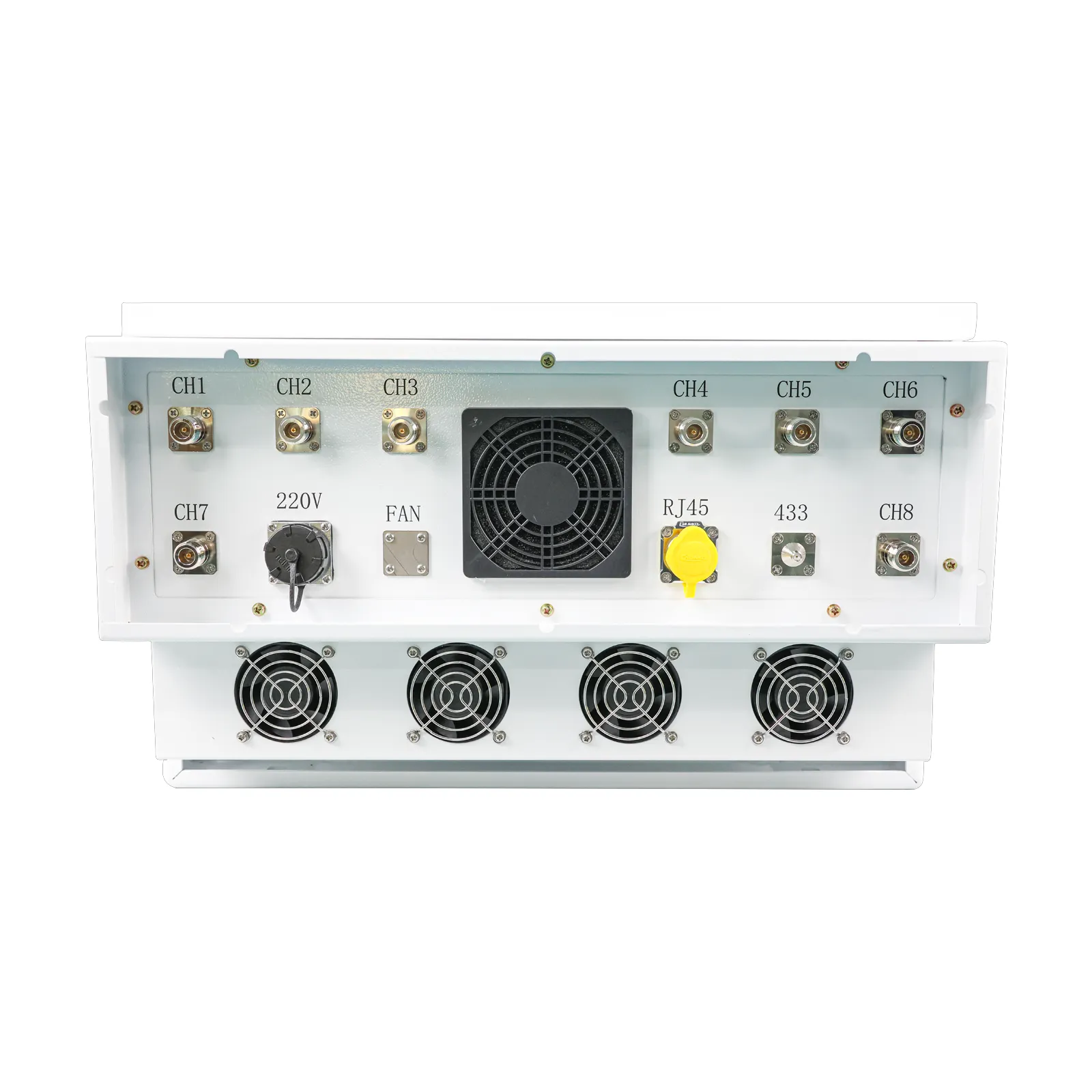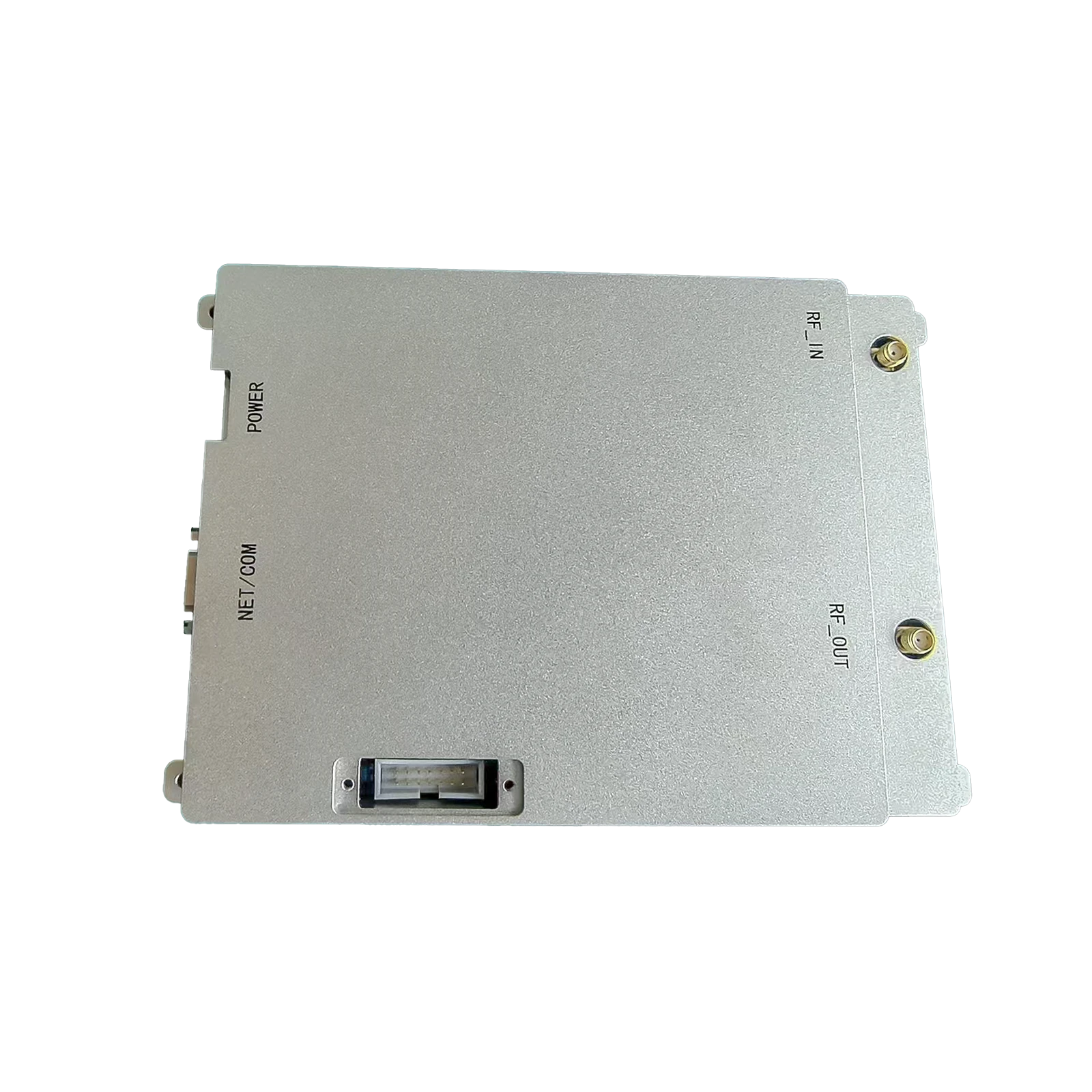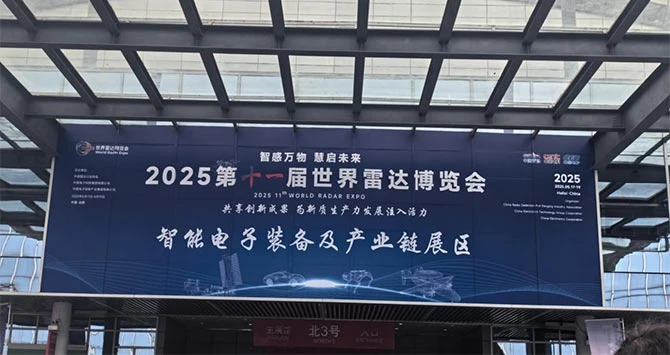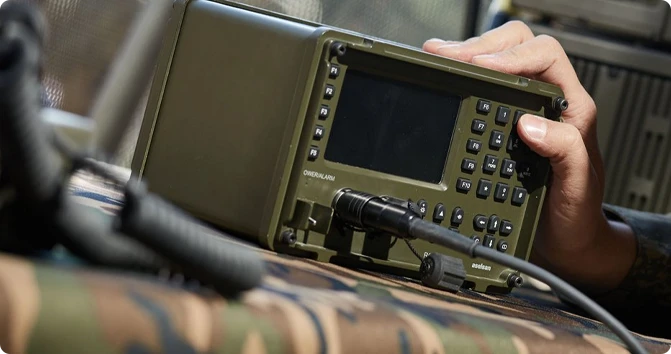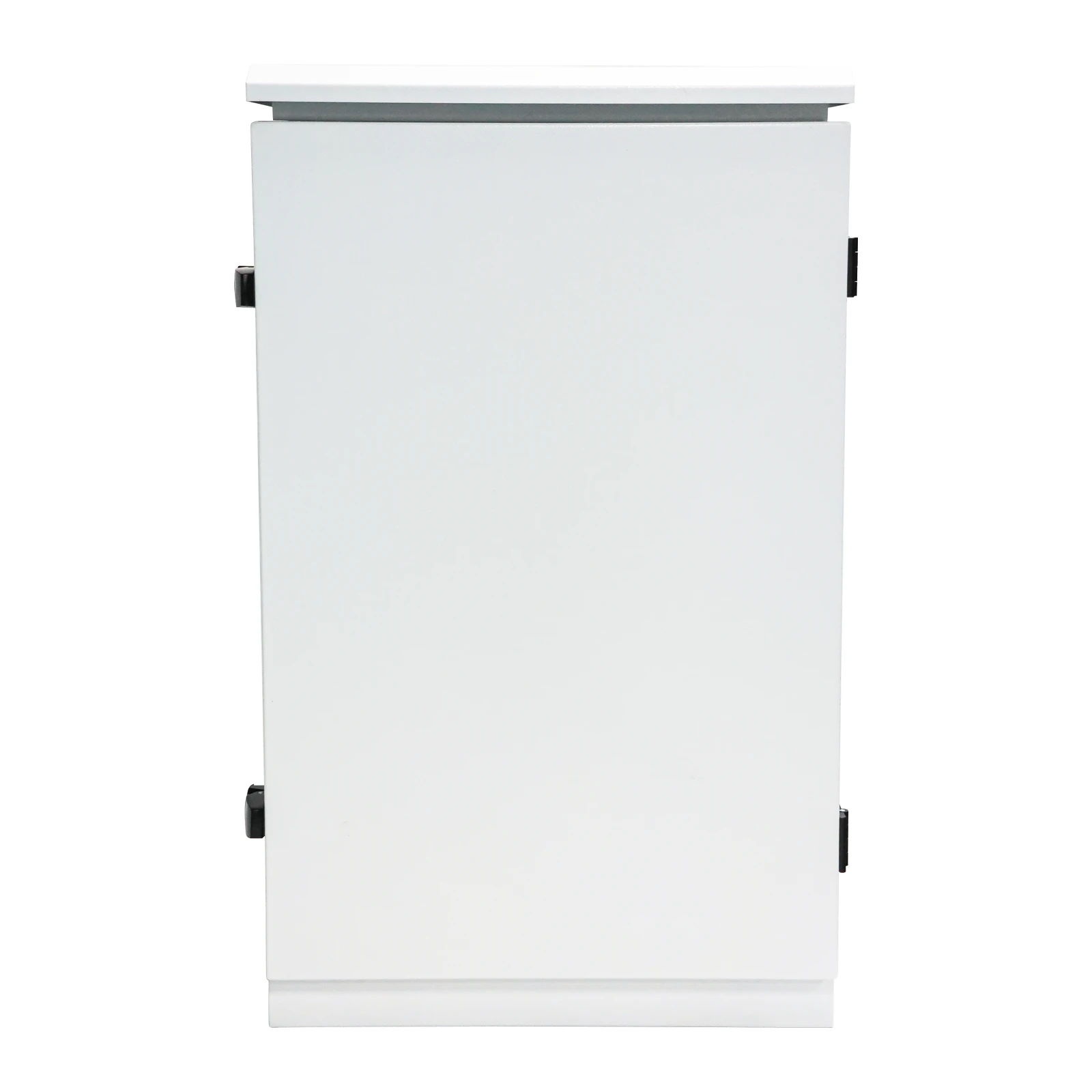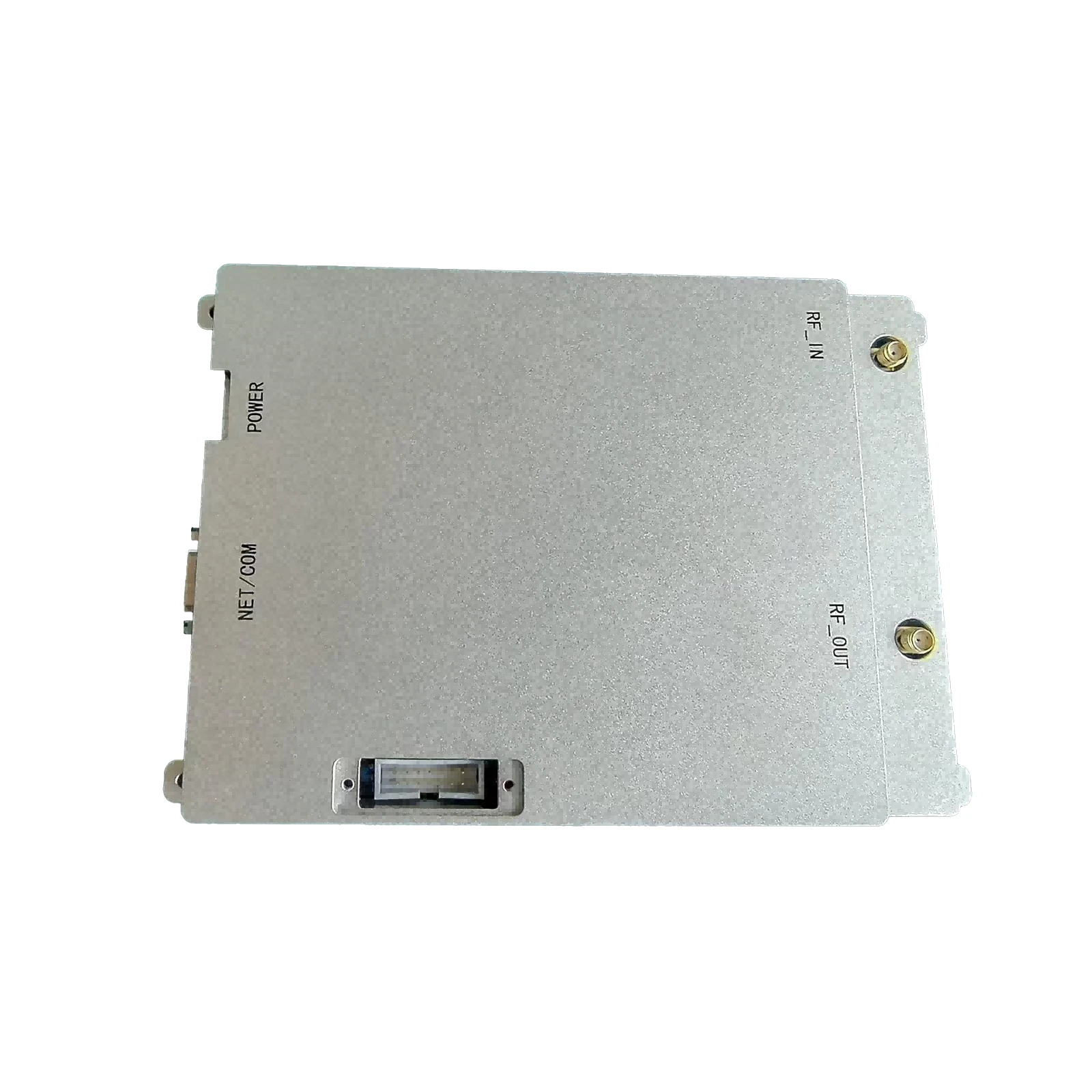Efficient Class E RF Amplifier MOSFETs | Powering Next-Gen Wireless
Understanding Class E RF Amplifier MOSFET: Why It Matters Globally
If you’ve ever considered the pulse of modern wireless communication, the class E RF amplifier MOSFET is kind of the unsung hero behind the scenes. It’s a type of transistor amplifier designed for high efficiency at radio frequencies — essentially, it boosts signal power with minimal waste in heat. Why should you care? Well, globally, wireless communication and RF power amplification underpin everything from remote sensing to satellite communication and even renewable energy systems. The better we get at efficient amplification, the more sustainable, reliable, and scalable our communication networks become. That’s huge when you consider that the International Telecommunication Union (ITU) estimates over 5 billion people worldwide now use mobile broadband, and efficient RF components like these make that possible without an environmental meltdown.Global Context: The Growing Demand for Efficient RF Power Amplification
Globally, the growth in IoT devices, satellite constellations, and 5G infrastructure means RF power amplifiers must become more efficient and cost-effective. The World Bank reports that developing nations are leapfrogging wired infrastructure, relying heavily on wireless tech. This pushes the need for amplifiers like the class E RF amplifier MOSFET that offer high power efficiency (often above 80%). With increasing carbon regulations and the ongoing push towards green technology, the gap between performance and sustainability becomes stark. The problem? Traditional amplifier classes waste a lot of energy as heat — a big no-no for both cost and the environment. That’s precisely where class E designs shine, by minimizing these losses and ensuring signals remain strong even with a small power footprint.A Mini Takeaway:
Class E RF amplifiers are critical in balancing performance and eco-friendliness—a true global priority in wireless tech expansion.
What Exactly is a Class E RF Amplifier MOSFET?
Simply put, a class E RF amplifier using a MOSFET (metal-oxide-semiconductor field-effect transistor) is a highly efficient switching amplifier used in radio-frequency applications. Unlike linear amplifiers, which conduct current continuously, class E amplifiers operate the MOSFET as a switch that toggles on and off at very high frequencies. The circuit is designed so that voltage and current don’t overlap significantly during switching, dramatically reducing power lost as heat. That’s why you see them powering everything from RFID readers to base stations. Because MOSFETs handle voltage and current switching so well at RF, they make ideal candidates here. In humanitarian terms, these amplifiers help power communications in remote locations, improving connectivity and relief coordination—small tech with a big impact.A Mini Takeaway:
Class E amplifiers employ smart switching of MOSFETs to achieve efficient RF power conversion—critical in modern wireless devices.
Core Components and Key Factors Behind Their Performance
1. Switching Efficiency
Class E amplifiers use the switching method rather than linear amplification. This vastly improves efficiency — often reaching 80-90%. MOSFETs with low gate charge and fast switching times help reduce losses here.2. Load Network Design
The surrounding LC (inductor-capacitor) network shapes the voltage and current waveforms to minimize overlap and voltage stress on the device. It’s almost like a well-choreographed dance.3. Thermal Management
Despite high efficiency, some heat is still generated. Proper heat sinks and sometimes active cooling keep MOSFETs running reliably.4. Frequency Range
Class E amplifiers typically operate best from VHF (~30 MHz) through several GHz frequencies, matching many telecom and radar needs.5. Durability and Life Span
MOSFETs selected for these applications are often rugged and rated for high voltage and power cycles, ensuring long-term reliability in harsh environments.6. Cost Efficiency
While MOSFETs aren’t the cheapest semiconductors out there, the overall circuitry is simpler compared to linear or other amplifier classes — saving on componentry and power bills.A Mini Takeaway:
The magic lies in the careful design of the switch, the load network, and quality MOSFET choice to maximize efficiency and reliability.
Real-World Uses: Where Class E RF Amplifier MOSFETs Make a Difference
In far corners of the world, where infrastructure is patchy, devices powered by class E RF amplifiers help keep emergency services connected. For example, after earthquakes or floods, temporary communication setups run on portable batteries. Because class E designs waste less energy, these systems last longer—quite literally saving lives. Industrial IoT setups in remote mining regions in Australia or Canada also benefit. Sensors and control systems use these amplifiers to transmit data wirelessly over long distances without frequent battery changes. Even space agencies like NASA explore class E amplifiers for certain satellite subsystems requiring efficient, lightweight power solutions.A Mini Takeaway:
From disaster relief to space exploration, efficient amplification technologies quietly support vital communication infrastructures.
Advantages & Long-Term Value
Beyond the obvious energy savings, class E RF amplifier MOSFETs offer: - Lower Operational Costs: Reduced power consumption means less frequent replacements and cheaper electricity bills. - Enhanced Sustainability: Cutting energy waste aligns with global climate goals and reduces carbon footprints. - Reliability: These amplifiers often operate cooler, reducing thermal stress and failures. - Compactness: High efficiency allows for smaller heat sinks and compact device footprints. - Improved Signal Integrity: Well-designed class E amplifiers contribute to cleaner transmissions, reducing interference. Emotionally, it feels like trusting a simple, elegant technology to keep us connected even in rough conditions — that kind of reliability builds trust and hope.Product Specifications at a Glance
| Parameter | Typical Value | Unit | Notes |
|---|---|---|---|
| Operating Frequency | 30 - 1000 | MHz | Depends on MOSFET and matching network |
| Efficiency | 80 - 90 | % | Based on proper tuning |
| Output Power | 10 - 100 | Watts | Varies by design |
| Supply Voltage | 12 - 48 | Volts | Depending on MOSFET specs |
| Gate Charge | 10 - 30 | nC | Lower is better |
Comparing Leading Class E RF Amplifier MOSFET Vendors
| Vendor | Operating Frequency Range | Typical Efficiency | Max Output Power | Price Range |
|---|---|---|---|---|
| AlphaTech MOSFETs | 30 MHz - 1 GHz | 88% | 100 W | $$ |
| Beta RF Solutions | 50 MHz - 900 MHz | 85% | 75 W | $ |
| Gamma Semiconductor | 100 MHz - 2 GHz | 90% | 110 W | $$$ |
Looking Ahead: Innovations and Future Trends
The future of class E RF amplifier MOSFETs is tied intricately to advancements in semiconductor materials like GaN (gallium nitride) and SiC (silicon carbide), which allow higher breakdown voltages and faster switching speeds. Expect better power densities and even smaller components. Combined with AI-driven tuning circuits, these amplifiers could self-optimize in real time, boosting both efficiency and reliability even further. Sustainability policies worldwide also push toward lower power consumption in all electronics. There’s growing interest in integrating class E amplifiers into renewable-powered communication devices, ensuring longer life on solar or battery power. Quite fascinating is how digital transformation and automation in manufacturing are making these highly specialized components more affordable and ubiquitous. Oh, and 6G tech, when it arrives, will almost certainly lean heavily on next-gen class E MOSFET amplifiers, or something evolved from that concept.A Mini Takeaway:
New materials and smart controls promise ever more efficient, reliable, and eco-friendly class E RF amplifier MOSFETs in the years to come.
Challenges and Expert Solutions
No tech is perfect, and class E RF amplifiers sometimes struggle with: - Narrow bandwidth: They excel at tuned frequencies but are less flexible across wide spectrum bands. - Complex load matching: The LC tank must be accurately designed, or efficiency suffers. - Thermal spikes: Fast switching means transient voltage and current overshoots that stress devices. Experts often recommend advanced simulation software to optimize designs before hardware build. Emerging techniques include adaptive matching networks that dynamically adjust, and better packaging to improve heat dissipation. Also, hybrid amplifier designs combine class E’s efficiency with other classes’ linearity to overcome bandwidth limits.FAQ: Your Questions About Class E RF Amplifier MOSFET
Q1: What makes a class E RF amplifier more efficient than other classes?A: Unlike linear amplifiers that operate the transistor continuously in its linear region, class E amplifiers switch MOSFETs fully on and off. This reduces the overlap of voltage and current inside the transistor, drastically cutting wasted power as heat. The result: efficiency above 80%, sometimes close to 90%. Q2: Can class E amplifiers work at very high frequencies like 5G (GHz range)?
A: Class E designs typically perform well up to a few GHz. Beyond that, the parasitic effects in MOSFETs and circuit components become challenging. However, newer semiconductor materials like GaN are pushing these frequency boundaries higher, making class E viable for some high-frequency applications. Q3: How does thermal management impact the lifespan of these amplifiers?
A: Even though class E amplifiers are efficient, the MOSFET still generates some heat during switching. Excessive thermal stress can degrade devices faster. Proper heat sinking, quality components, and sometimes active cooling systems help maintain reliability and extend lifespan. Q4: Are class E RF amplifier MOSFETs costly compared to alternatives?
A: The MOSFETs themselves can be moderately priced, with some premium GaN devices costing more. However, the simpler circuitry and lower energy consumption help offset initial costs over the product’s lifetime, providing excellent value. Q5: Where can I learn more or buy reliable class E RF amplifier MOSFETs?
A: Trusted semiconductor vendors specializing in RF components are the best places to start. You can also explore detailed technical resources and datasheets on class e rf amplifier mosfet suppliers and industry forums.
Wrapping Up: The Long-Term Worth of Class E Amplification
In real terms, the class E RF amplifier MOSFET represents an elegant fusion of physics and engineering—balancing power, performance, and sustainability. Whether you’re an engineer working in remote installations or a technologist eyeing greener wireless infrastructures, these amplifiers offer a dependable way to keep signals strong, costs down, and impact gentle on the planet. If you’re curious to dive deeper or explore products in this space, visit our website: https://www.drone-system.com — we’ve curated some of the best components and resources to help jumpstart your projects.References
-
09 March 2021 24 Nov 2025
-
09 March 2021 24 Nov 2025
-
09 March 2021 24 Nov 2025
-
09 March 2021 23 Nov 2025
-
09 March 2021 23 Nov 2025
-
09 March 2021 21 May 2025
-
09 March 2021 25 Dec 2024
-
09 March 2021 14 Oct 2022
-
09 March 2021 25 Dec 2024




